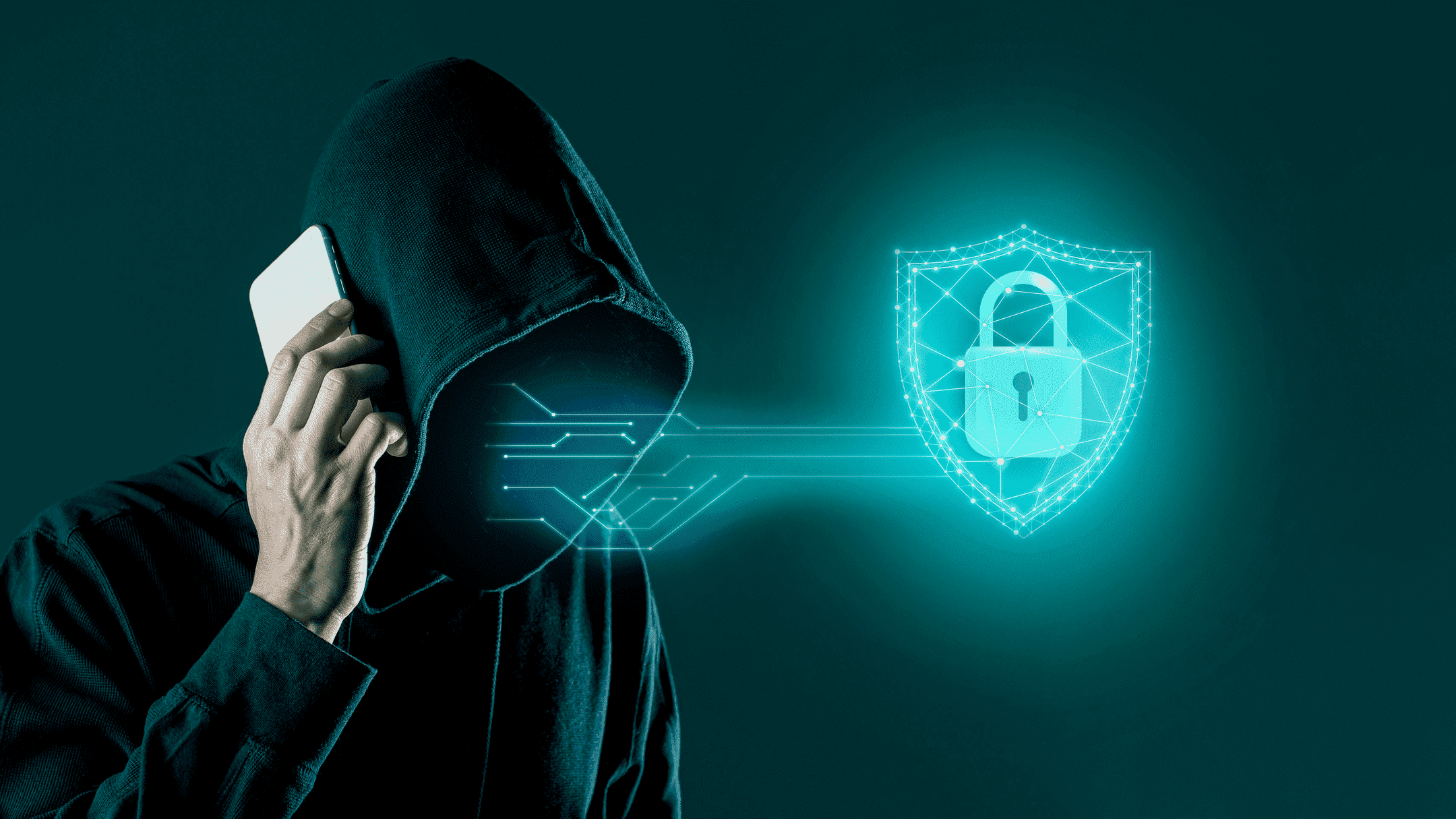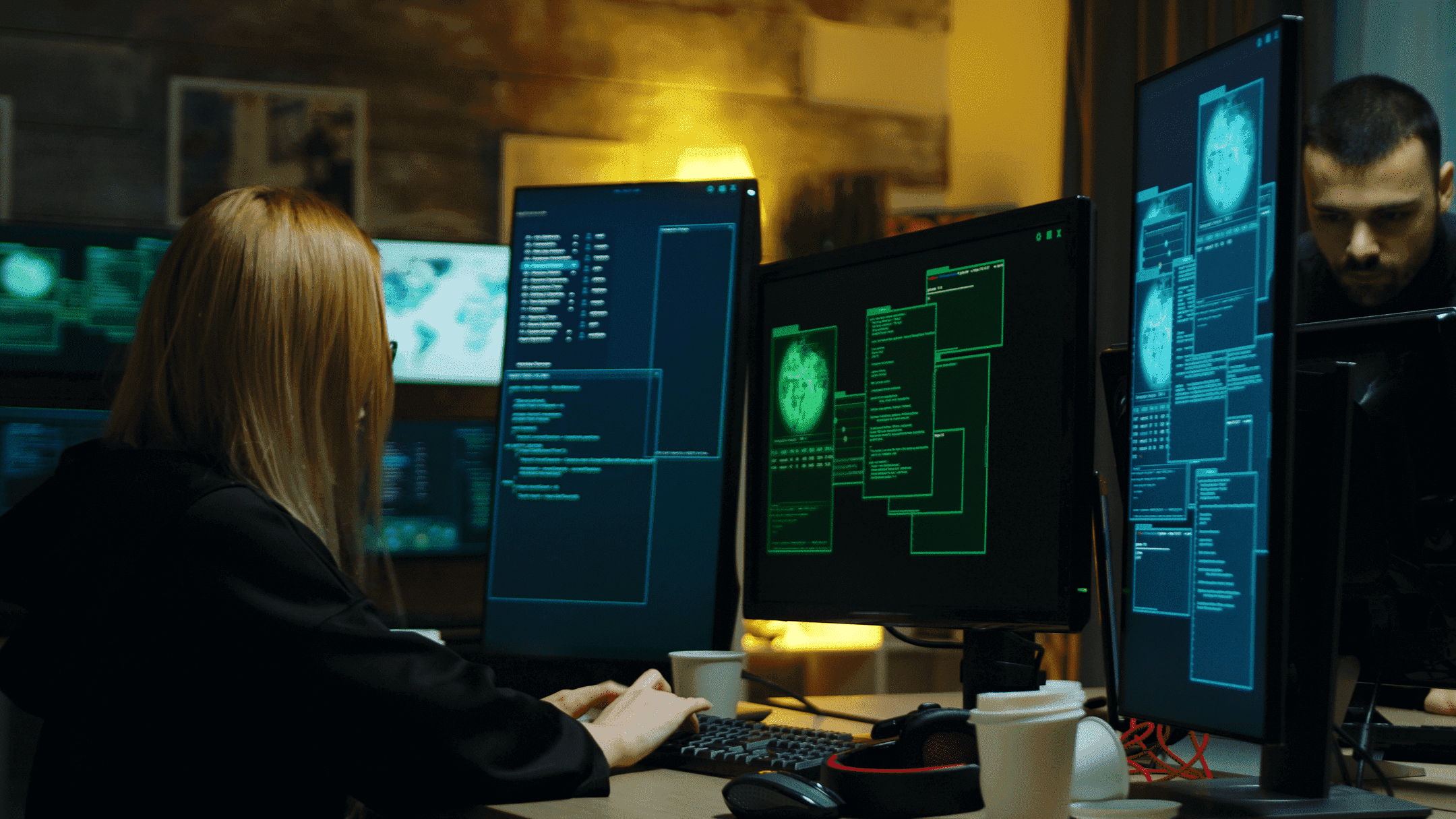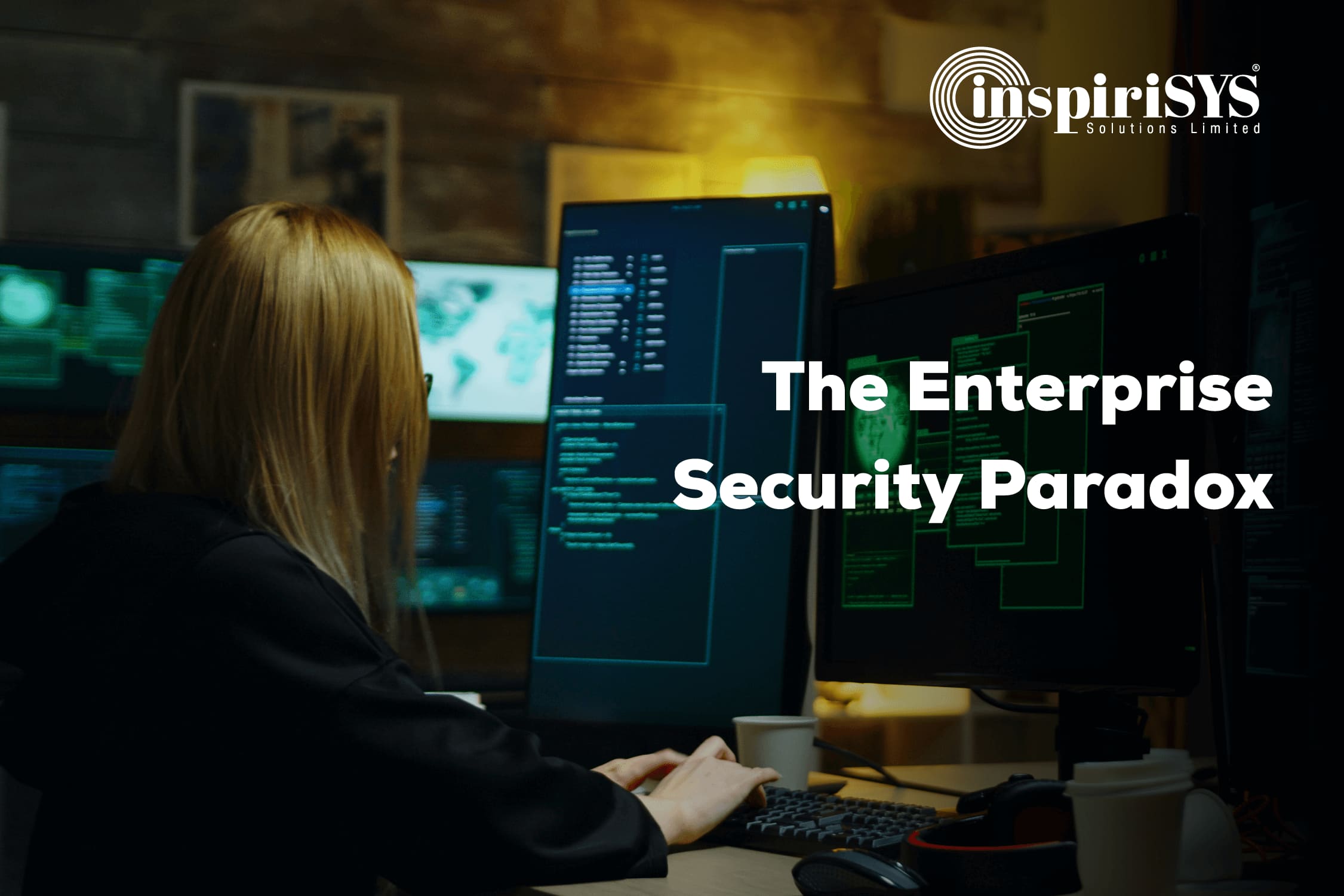The traditional application of IT across enterprises is gradually dissolving. The Bring Your Own Device (BYOD) and Work from Home trends have widened the corporate network while transforming the way organizations function today. The adoption of these work models has been greatly accelerated by the pandemic. Businesses need to find a way to help their employees work more efficiently while keeping their health and safety in mind.
Over the past two years, several new collaboration tools, and low-code/no-code platforms have been adopted. Leaders are now facing the heat to award higher levels of independence to IT departments. At the same time, security threats are pressuring organizations to exercise greater caution while providing accessibility to their resources.
The paradox that most enterprises across the globe face is this – How to strike the right balance between usability and security? Is it possible to allow IT freedom while upholding stringent security at the same time? Let’s dissect what enterprise security stands for to understand how IT departments can function freely while remaining accountable.
What Does Enterprise Security Involve?
Enterprise security encompasses all the activities undertaken by an organization to safeguard their data, IT systems, and information assets from theft, data breaches or cyberattacks. With the evolution of digital landscapes and the increasing dependence on cloud computing, there is an increase in potential security threats as well. Though it may seem contradictory, organizational assets and data are more at risk with the advancement of digital technologies.
Although enterprise security depends on data centres, networking, and server operations, it all starts with human resources. People and policies need to come together to protect the organization’s network structure, which includes all devices and endpoints that have access to the network. Companies need to preserve their security posture while adhering to the structure prescribed by law.
Concerns of Enterprise Security

Enterprise security also includes safeguarding proprietary business secrets, along with employee and customer data which are subject to privacy laws. Numerous corporations around the world have been penalized by their respective governments for selling customer data. Even failing to safeguard this information indirectly amounts to a violation of the law.
Until recently, enterprises were mainly concerned with protecting their own proprietary secrets from competitors and counterfeiters. Today, there are significant repercussions for violating privacy laws. The rapid adoption of cloud infrastructure has created new problems for corporate IT security.
Enterprise security architecture must be effective against social engineering attacks and malware threats while still maintaining ease of accessibility. Even today, a majority of cyberattacks occur through social engineering, which involves the exploitation of human resources to gain access to enterprise networks. Malicious actors can gain access through employees and exercise their privileges to compromise the organizational network. A business needs to employ a variety of security measures to mitigate the damage that these threats can do. Here are some practices that you should follow to maintain effective enterprise security:
Secure your Data – Given the opportunity, you should always encrypt your data. Since it’s difficult to pinpoint which vulnerability a hacker will target, it is best to encrypt your entire network if possible. You will need to exercise effective control over access management and allow access to specific network areas and critical business applications only for those who really need it.
Formulating Disaster Recovery Plans – Critical system and data stores should be backed up and operational at the earliest in case of a disaster. This process may involve supporting your primary systems with a few redundant ones acting as backups. In the event of a disaster, your systems can be up and running in a matter of hours as opposed to a few days, or even weeks.
Educate Employees about Cybersecurity – We’ve already talked about how hackers typically target human resources to get access into the organizational network. Most breaches can be averted simply by raising awareness among employees about their security responsibilities. Employees can learn how to detect phishing attempts and keep track of the multi-factor authentication devices. All these preventative measures go a long way in minimizing the level of susceptibility in an organization.
Monitor Endpoints – Organizations need to allow several endpoints to access the network. This is because employees require network access to carry out their daily tasks. Ensuring that these endpoints are properly secured is critical to prevent malicious actors from carrying out their agenda. Keep up with the latest endpoint security trends to know what solution works best for the needs of your enterprise.
The Bottom Line

There’s no denying the absolute need for heightened cybersecurity across enterprise environments today. The key is to strike the right balance between providing the digital resources that your employees need to get their work done, against the excessive adoption of the latest technologies. This is the only way to steer clear of the paradox of enterprise security – the fact that the latest security measures you implement can lead to further vulnerabilities. Inspirisys offers expert enterprise security solutions that allow you to maximize employee productivity without jeopardizing the security posture of your organization. Our services give your networks, endpoints, applications, and data the highest level of protection against every potential threat. We believe that security begins from the inside out and mitigate cyber threats before they happen. Contact us to find out more about our cutting-edge security solutions.







